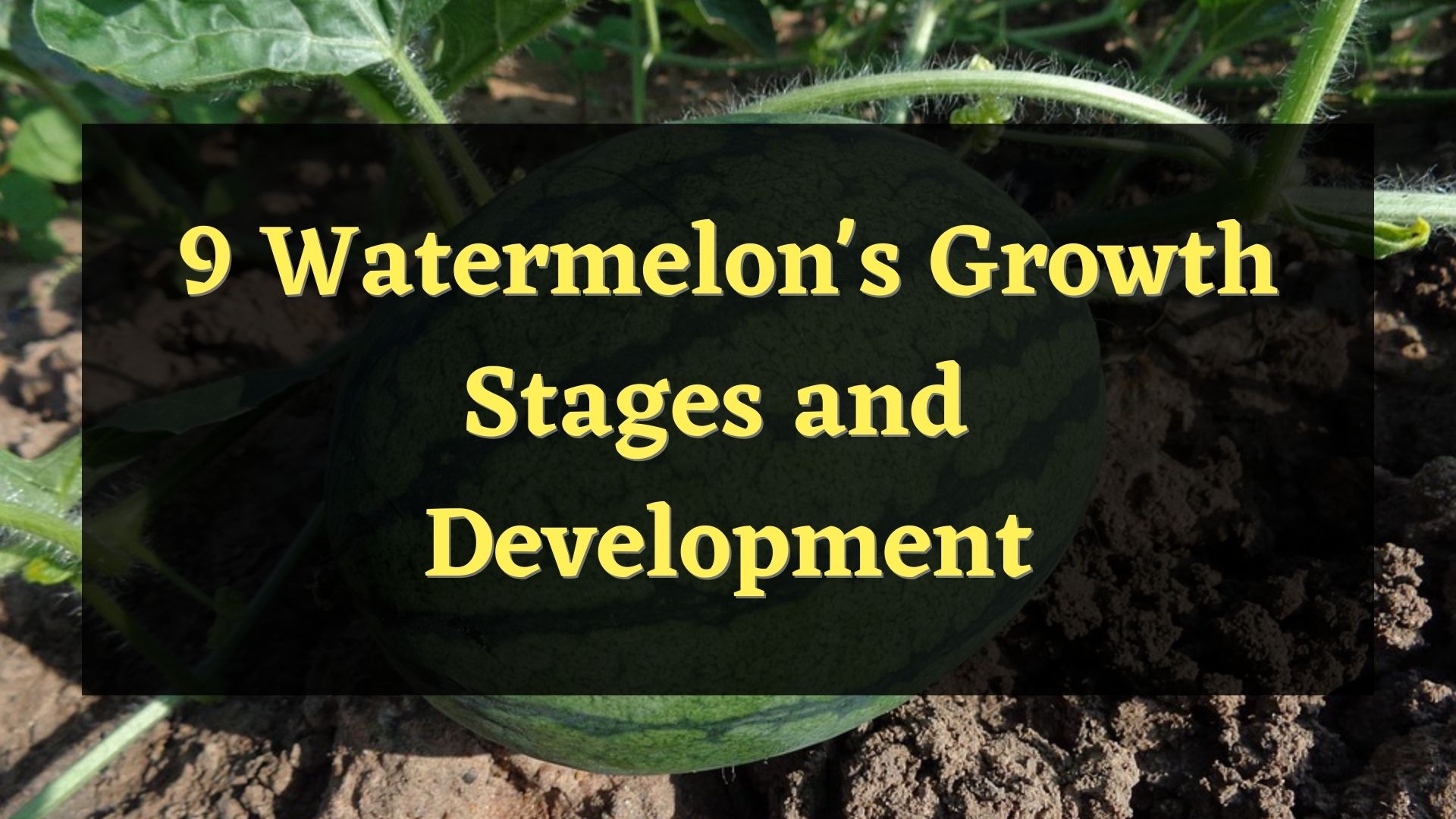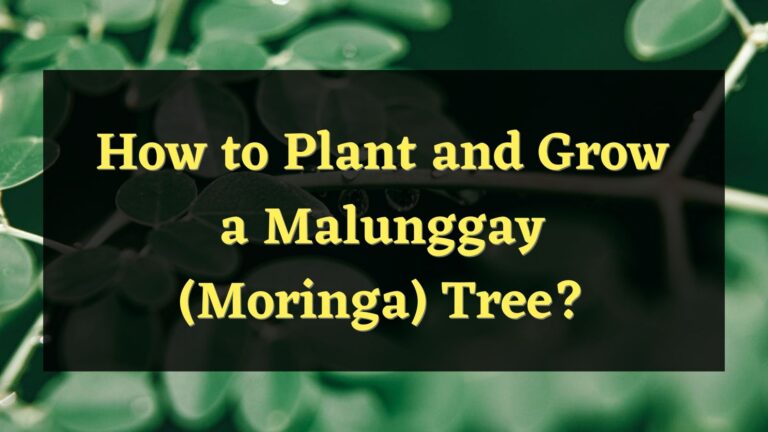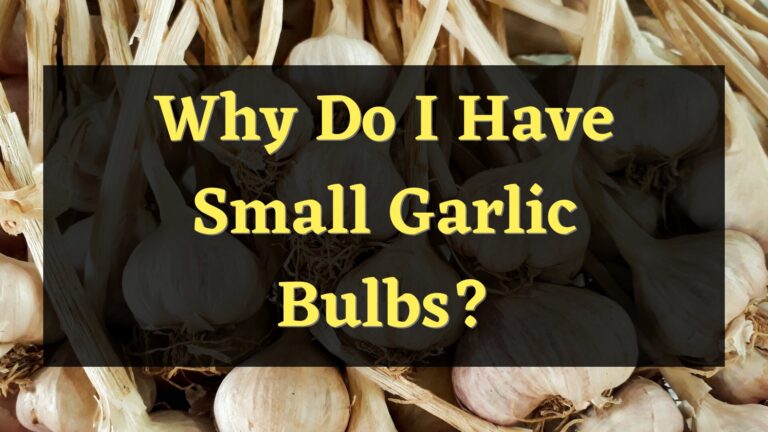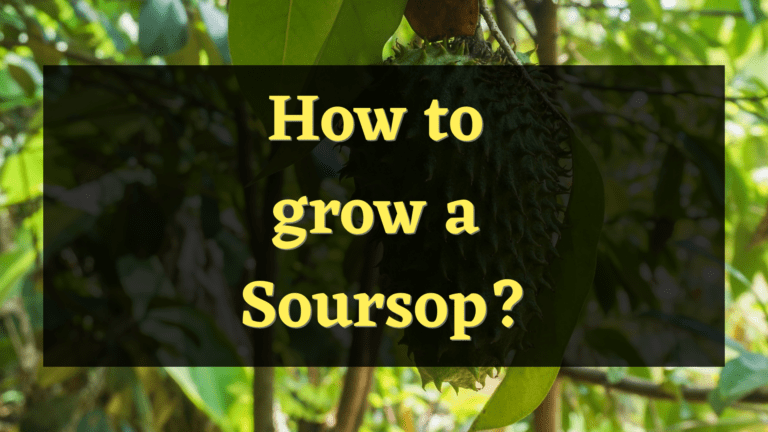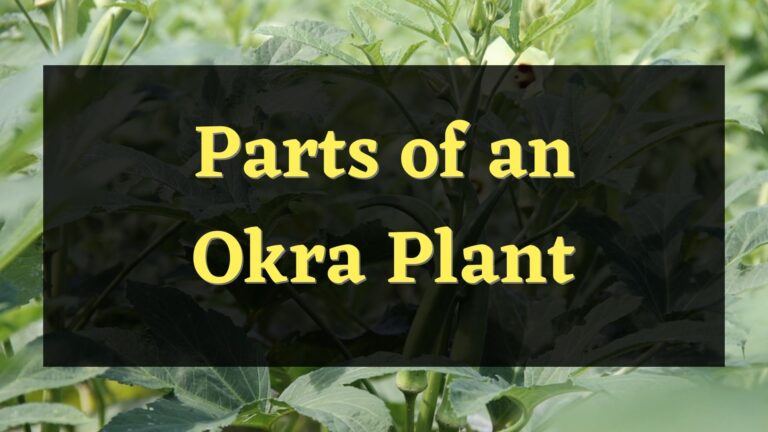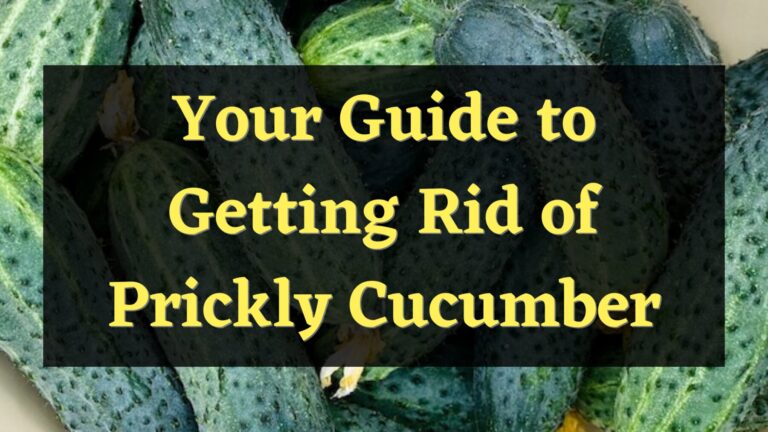There are 9 stages of a watermelon plant’s growth and development. In this blog post, I will write about the watermelon’s growth and development stages and provide you with informative insights about each of the plant’s growth stages. Every stage that you read about will give you an understanding of how the watermelon plant develops from a seedling to a mature fruit-bearing plant. Additionally, you’ll discover how many days it takes for a watermelon seed to grow into a mature plant.
What are the Watermelon Growth Stages?
Planting
A watermelon’s growth and development begin after it is planted. First, you need to have an idea of what variety of watermelon is suited to your current location’s climate. Because if you live in a cold region, it is better to plant an early-season variety of watermelon as it needs all the sun exposure that it can get. These types of watermelon blooms earlier than the other types of watermelon making them very suitable to be planted in an environment that has many cases of cold weather. On the other hand, if you are in a location that has a warm climate, you have more freedom to choose what watermelon seeds to plant as you can grow the watermelon plant anytime and anywhere you want.
You must also ensure that the soil where these seeds are planted is loamy and well-draining. This will ensure that the seeds will be able to germinate properly. Although it is required to water the seeds regularly, soaking them wet will cause the seeds to rot.
Germination
The first stage of the watermelon’s growth and development is the seed’s germination process. This stage begins as soon as you bury the watermelon seed beneath the soil. It is also important to consider the room temperature where you plant the seeds as they will not be able to germinate if the temperature is lower than 18°C.
Water is also very essential for the germination of the watermelon’s seeds. The roots won’t be able to sprout if it is not given the right amount of water it needs. The watermelon seed will start growing a small stem, roots, and radicals from the seed between 3 to 12 days after it was planted. After an average of 12 days, a visible green sprout will start to protrude from the seeds.
Seedling
The second stage of the watermelon’s growth and development is the sprouting of the seedlings. After the seed’s germination period, you will notice sprouts that will emerge from the seed. The first two leaves that you can see growing from the seeds are called embryonic leaves.
These seedlings are very vulnerable, it needs a lot of care because every little step you make can affect the growth of the watermelon plant in the future. You should also protect these seedlings from insects, animals, and strong winds. The seedlings of the watermelon plants also require a regular and the right amount of water intake. The soil where these seedlings are planted needs to be kept moist and at the same time, never wet.
Vegetative Growth
After the initial sprouting of the embryonic leaves, you will notice the enhanced growth rate of the watermelon plant. New leaves will appear within 5 to 10 days, these leaves are different from the embryonic leaves and are called the true leaves of the watermelon plant.
As soon as the true leaves sprout, they immediately begin photosynthesizing. The process where the leaves make food for the plant is called photosynthesis. These true leaves provide the energy that the watermelon plant needs for its growth. In the first two weeks of the plant, you will notice a very fast growth phase.
It will get longer and longer until the leaves of the watermelon plant become more prominent. Each vine grows up to 12 feet long and as a month passes by, you will eventually notice a new set of vines sprouting from the main vine.
Branching
After a month of vegetative growth, a new set of vines will appear from the main vine of the watermelon plant. If you think that it is strange and start thinking about pruning them, it is pretty much unnecessary. This stage of the plant’s growth is known as the branching stage. In this stage, you will have to provide the watermelon plant with additional nutrients so that it can achieve optimal growth. And because the watermelon plant grows so much quicker in this stage, you are also required in watering them even more.
These vines that branch and spread out will continue to grow until the watermelon plant starts flowering and bearing fruits. It is also recommended to mix a bone meal into the soil of the watermelon plant when it starts to branch. You just have to be extra careful to not damage the plant’s root.
Flowering
If you are one of those people who think that there are male and female watermelons. Well, these are false. Although the flowers that the watermelon plant produces can be categorized as male or female. The first flowers that appear on the watermelon plant are the male ones. The female flowers automatically follow the appearance of the male flowers. Male flowers are the ones that contain pollen in them and the female flowers are the ones that have the ovary.
Pollination starts when the pollen from the male flower is transferred into the female ova. And if this process is successful, a fruit will eventually grow from the female flower. Bees, wasps, and wind help the watermelon fruit in pollinating. However, you can also manually pollinate the flowers so you can avoid cross-pollination.
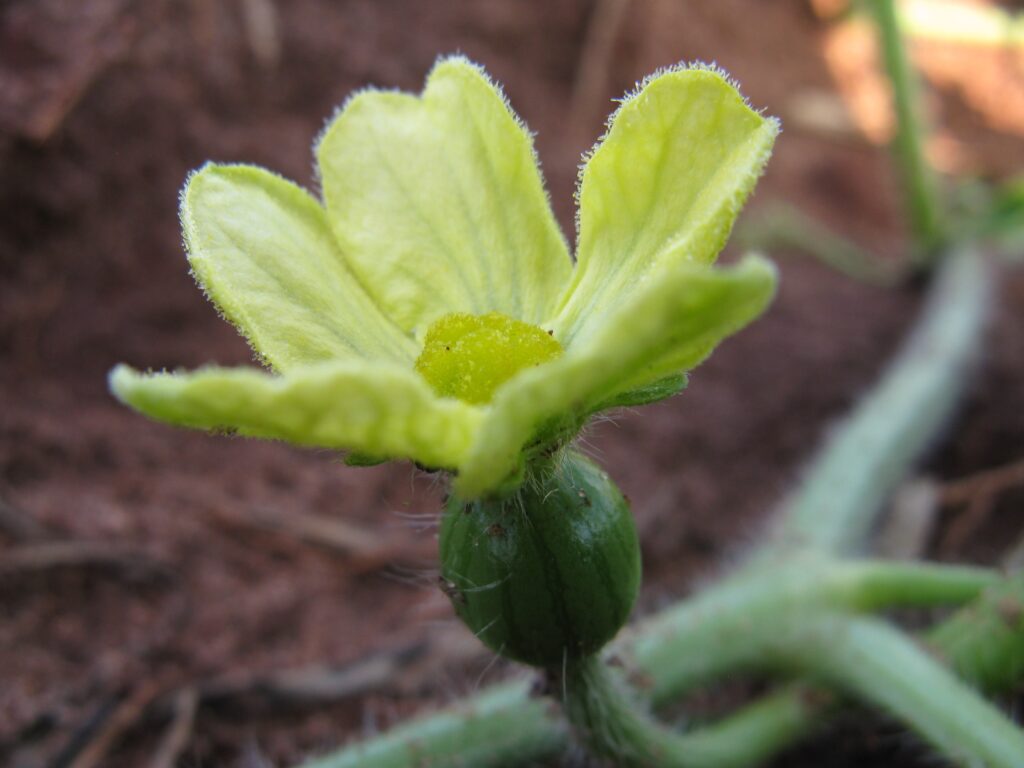
Fruit Setting
If the flowers were successfully pollinated, the watermelon fruits will start to form. You will notice a bulge in the female flower of your watermelon plant. This bulge will begin to swell and eventually become larger, forming the watermelon fruit.
Once the fruit starts to grow, fertilizer is very recommended for the healthy growth of the fruit. In this stage of the plant, it is important to lessen the water you give to the plant as you don’t want the fruit to absorb the water resulting in a watery taste.
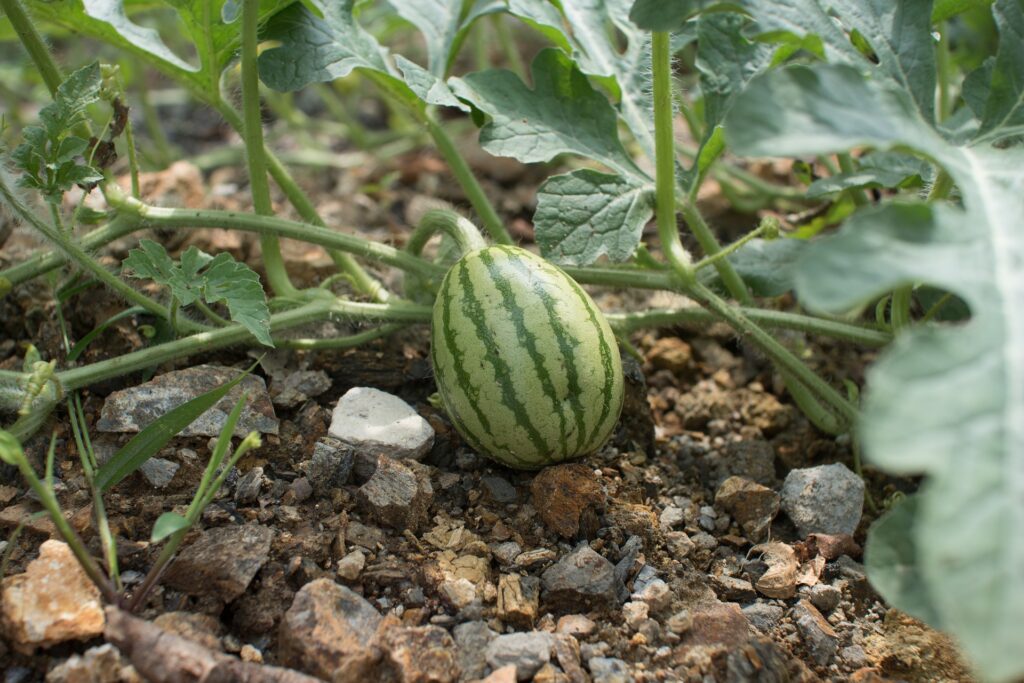
Harvesting
From the flowering stage, it takes a full month for the watermelon fruit to mature. There are also many noticeable signs that your watermelon fruit is already ripe and ready to be harvested.
The most noticeable one is the yellow spots that appear on the watermelon’s rind. When you see yellow spots in your watermelon, it is a clear sign that your fruit is ripe and ready to be picked. Also, if the watermelon plant has webs in it, it is believed to be a good sign as it sometimes means that your watermelon fruit is sweet in flavor.
It is also said that the dark green and oblong ones that produce hollow sounds when tapped are believed to be the sweetest ones. However, in reality, the sweetness of the watermelon varies from the kind of watermelon that you’ve planted.
Drying
As they say that everything will come to an end, the cycle of a watermelon’s growth also ends like any other thing. After harvesting, the vines of the watermelon plants begin to dry out and eventually die. However, the seeds that came from the fruit of the watermelon plant you have grown can be used to grow a new one starting from the first stage of the watermelon’s growth.
You can let the seeds dry and once it starts to harden, you can start planting them so that they can start germinating. It is also important to note that the room temperature needs to be high for the seeds to start germination. Otherwise, it will just remain as a seed and won’t sprout roots and leaves.
As they say that everything will come to an end, and the cycle of a watermelon’s growth and development also ends like any other thing. After harvesting, the vines of the watermelon plants begin to dry out and eventually die. However, the seeds that came from the fruit of the watermelon plant you have grown can be used to grow a new one starting from the first stage of the watermelon’s growth and development
You can let the seeds dry and once it starts to harden, you can start planting them so that they can start germinating. It is also important to note that the room temperature needs to be high for the seeds to start germination. Otherwise, it will just remain as a seed and won’t sprout roots and leaves.
How long does it take for a watermelon to grow?
Watermelon plants require an average of 80 to 90 days from being a seed to growing to a full-sized watermelon. However, watermelons that are small in size like the Sugar Baby watermelon can reach maturity earlier than the average watermelon which is about in between 60 to 70 days.
Do watermelons need a lot of water?
Watermelon plants need a lot of water to keep their soil moist but not completely wet. A young to adult watermelon plant needs 1 to 2 inches of water per week. And if you feel like your watermelon plant doesn’t get enough rain check for a week, it is advised that you make sure to water your watermelon plant.
Conclusion
Watermelon has a lot of growth stages. Although these stages are very different from each other, it is very important that by each stage of the watermelon’s growth and development that the plant is treated with utmost care because it will reflect on the future growth of the plant. Every little thing you do and do not do will have a direct impact on the plant’s growth. Whether the fruit will successfully bear fruit or not is up to the one that takes care of it.

Elizabeth Mcmillan is a passionate gardener with a strong interest in plants. She used to be a teacher, but Elizabeth has spent the last few years immersing herself in the world of plants, learning about their biology and cultural value and trying out different ways of growing them in her own garden. Elizabeth Mcmillan loves indoor plants, succulents, and cacti, and her friends and family know her as a plant care expert.

